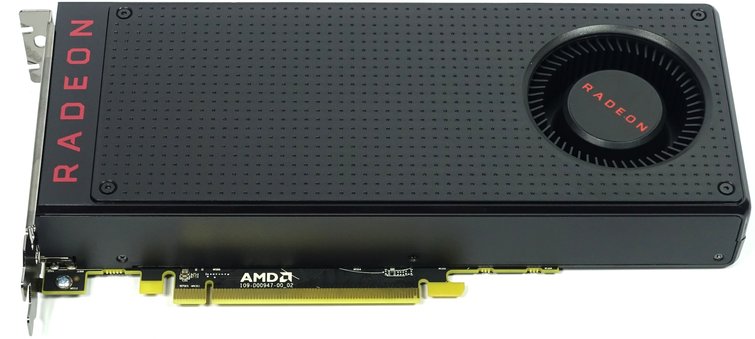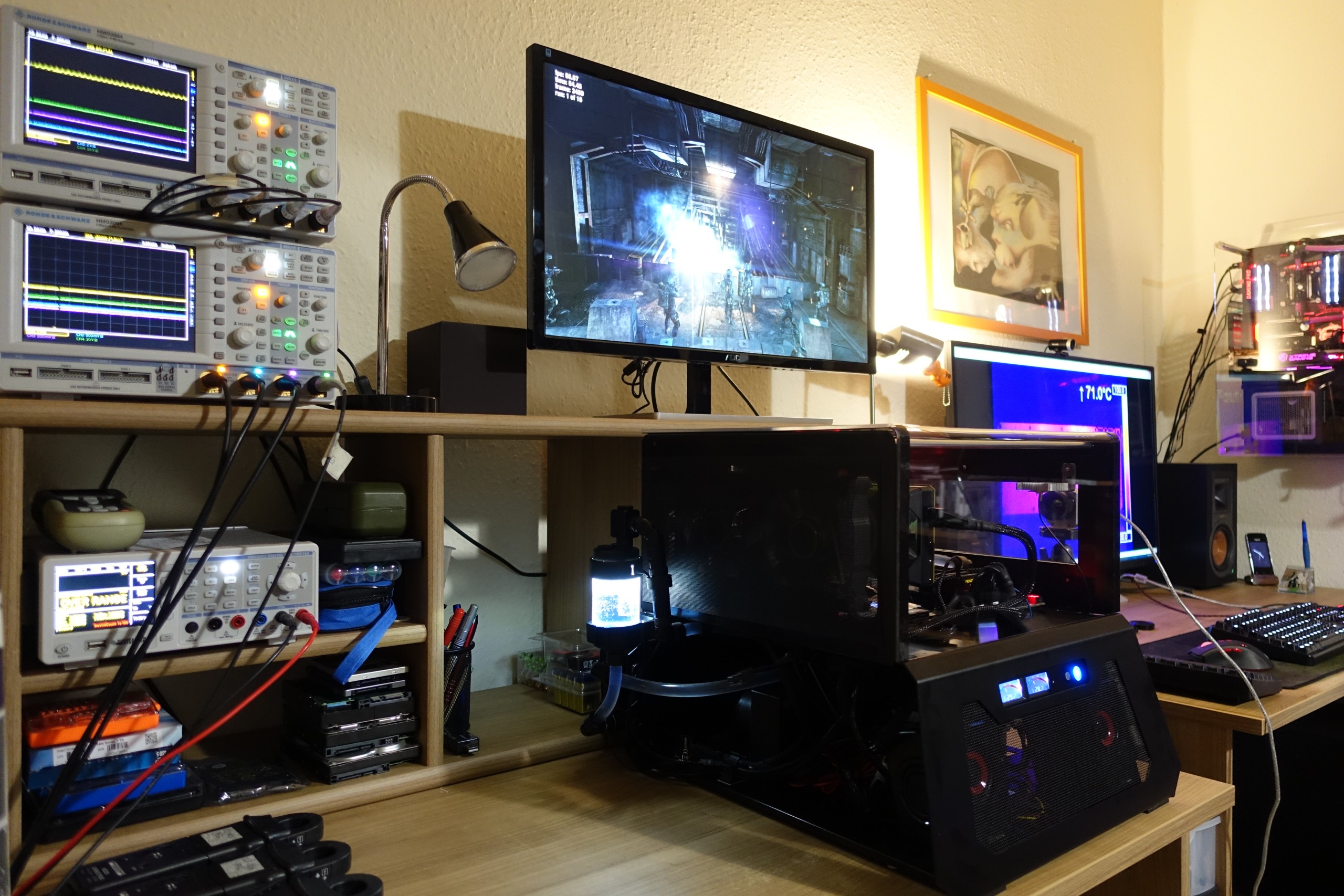Endless Roundup and Depth Testing
Many will of course wonder why we made the roundup for the Radeon RX480 only now, or why we did the roundup for the Radeon RX480. have begun. But firstly, we fundamentally changed the division of labour within the editorial staff, as well as set new priorities, and secondly, this was rather less in our power, unfortunately the large number of samples was not at all at all, or at least only very limited together at first. Available. Moreover, since many of the samples were only exchanged in rotation between the editors, disassembly would not have been possible.
But better late than never and if we are quite honest: Graphics cards and their drivers (especially amD) need a certain maturity in order to be able to convey a really objective picture. Those who opt for AMD graphics cards, for whatever reason, are more likely to value a longer-term commitment or and rather less to maximum efficiency, which excludes much from the outset, which might become important at some point.
 The original mother of all RX480 cards: the amD reference model
The original mother of all RX480 cards: the amD reference model
Those who change their cards more often and are willing to buy perhaps the most efficient card for the moment and naturally look less at the money, may not be happy with a Radeon RX480 as they did with a Radeon R9 390(X). But there are also signs and wonders happening, and many users of these older cars rub their eyes in amazement at current games when it comes to the performance of their card, while one hardly reads anything from a GeForce GTX 780 (Ti).
Which brings us directly to the subject. This roundup will definitely not list what separates or binds a Radeon RX480 from a GeForce GTX 1060. We're not going to fuel a feature battle where there can never be a real winner in the end, because the philosophies of both chipmakers are far too far apart for something like that. That's why we deliberately selected the performance benchmarks in such a way that there is something of everything, depending on the.
No, we want to question instead in detail and with many measurements, which really distinguishes the respective implementations of the Radeon RX480 manufacturer-specific and which buying arguments and hints for the correct and optimal product decision important. With the GPU clock rates, you can't do much differently as a manufacturer due to architecture, but when it come to interpret power limit, power supply and cooling.
It is important, however, that we have measured both in the open benchtable and in the closed system – with sometimes very different results! Practical results can therefore be expected here, but this is by no means a matter of course everywhere.
We will start with a total of five cards in the Roundup, but in a not too distant time we will add two more cards that are already in our lab. It is a pity, however, that Gigabyte has unfortunately withdrawn from the promise of a sample for this roundup. So it remains exciting, albeit with one card less!
Commissioning and technical data
The new test system and the methotics have already been described in great detail in the basic article "How We Test Graphics Cards" (English: "How We Test Graphics Cards") and therefore, for the sake of simplicity, we now only refer to this detailed Description. So if you want to read everything again, you are welcome to do so.

If you are interested, the summary in table form quickly provides a brief overview:
| Test systems and measuring rooms | |
|---|---|
| Hardware: |
Intel Core i7-5930K -4.2GHz MSI X99S XPower Gaming Titanium Corsair Vengeance DDR4-3200 en 2400 MHz 1x 1 TByte Toshiba OCZ RD400 (M.2, System SSD) 2x 960 GByte Toshiba OCZ TR150 (Storage, Images) Be Quiet Dark Power Pro 11, 850-watt power supply Windows 10 Pro (all updates) |
| Cooling: |
Alphacool Ice Pump VPP755 Alphacool NexXxoS UT60 Full Copper 360mm Alphacool Cape Corp Coolplex Pro 10 LT 5x Be Quiet! Silent Wings 3 PWM Thermal Grizzly Kryonaut (for cooler change) |
| Housing: |
Lian Li PC-T70 with expansion kit and modifications Modes: Open Benchtable, Closed Case |
| Power consumption: |
non-contact DC measurement on the PCIe slot (Riser-Card) non-contact DC measurement on the external PCIe power supply Direct voltage measurement on the respective feeders and on the power supply 2x Rohde & Schwarz HMO 3054, 500 MHz multi-channel oscillograph with memory function 4x Rohde & Schwarz HZO50, current togor adapter (1 mA to 30 A, 100 KHz, DC) 4x Rohde & Schwarz HZ355, touch divider (10:1, 500 MHz) 1x Rohde & Schwarz HMC 8012, digital multimeter with storage function |
| Thermography: |
Optris PI640, infrared camera PI Connect evaluation software with profiles |
| Acoustics: |
NTI Audio M2211 (with calibration file) Steinberg UR12 (with phantom power for the microphones) Creative X7, Smaart v.7 own low-reflection measuring room, 3.5 x 1.8 x 2.2 m (LxTxH) Axial measurements, perpendicular to the center of the sound source(s), measuring distance 50 cm Noise in dBA (Slow) as RTA measurement Frequency spectrum as a graph |
- 1 - Einführung, Übersicht und Test-Setup
- 2 - AMD Radeon RX480 Reference
- 3 - Asus RX480 Strix
- 4 - HIS RX480 IceQ X² Roaring Turbo
- 5 - MSI RX480 Gaming X 8G
- 6 - Powercolor RX480 Red Devil
- 7 - Sapphire RX480 Nitro+
- 8 - XFX RX480 GTR Black Edition
- 9 - Übersicht: Gaming-Performance
- 10 - Übersicht: Temperatur, Lautstärke und Leistungsaufnahme
- 11 - Zusammenfassung und Fazit
































Kommentieren